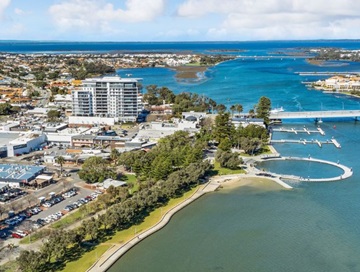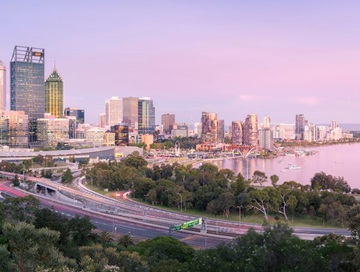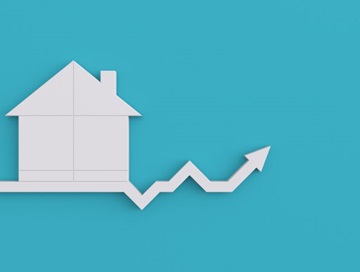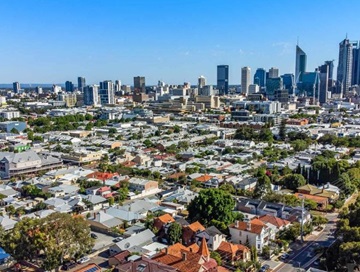Housing and cost of living: the Federal Budget in brief
15 May 2024"The Federal Government has delivered a range of measures aimed at boosting housing supply, moderating demand and addressing cost of living in its 2024-25 Budget."
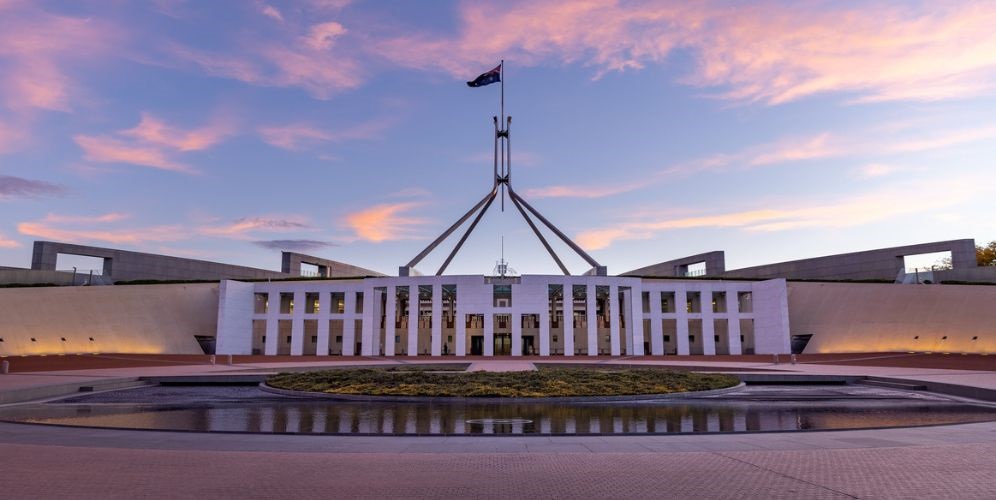
The Federal Government has delivered a range of measures aimed at boosting housing supply, moderating demand and addressing cost of living in its 2024-25 Budget.
Housing supply
The Budget provides $6.2 billion in housing initiatives, building on the announcements of 2023-24.
This includes $1 billion to states and territories to deliver new housing, which includes connecting essential services such as water, power, sewerage and roads.
To help eventually get more houses out of the ground, the Federal Government also allocated $88.8 million for 20,000 new fee free TAFE places, including increased access to preapprenticeship programs, in courses relevant to the construction sector.
With the aim of boosting rental accommodation, there will be a lower foreign investment fee for foreign investors purchasing established Build-to-Rent developments. This is conditional on the property continuing to be operated as a Build-to-Rent development.
Moderating demand
Strong population growth has been significant driver of housing demand, putting constant upward pressure on housing prices.
The Federal Government forecasts a fall in migration in the next couple of years, which should see an easing demand.
After a record net overseas migration intake of 528,000 in 2022-23, Treasury is forecasting that figure will decline to 395,000 in 2023-24, before dropping to 260,000 in 2024-25 and 255,000 the following financial year.
The permanent migration program will be capped at 185,000 places in 2024-25, with 132,200 places allocated to help address Australia’s long-term skill needs.
The government plans to set caps for the number of international students at Australian universities. In addition, to deliver more accommodation for students and to reduce pressure on the private rental market, the Government will work with the higher education sector to develop regulations requiring universities to increase their supply of student accommodation.
Interest rates and inflation
Treasurer Jim Chalmers forecasts inflation could return to the Reserve Bank of Australia’s target by the end of 2024. This could see interest rate cuts, which would benefit mortgage holders and home buyers.
Cost of living
There are a range of measures addressing the rising cost of living in the Budget:
- All tax payers will receive tax cuts from July 1 2024
- All households will receive a $300 energy rebate
- Eligible small businesses will receive a $325 rebate
- Cheaper medicines through a new Community Pharmacy Agreement
- Nearly 1 million households receiving the maximum rate of Commonwealth Rent Assistance will benefit from a 10 per cent increase. This builds on the 15 per cent increase provided last year.
Homelessness and social housing
The current state of the property market is seeing a growing rate of homelessness and a greater demand for social housing.
The Budget will direct $1 billion towards crisis and transitional accommodation for women and children fleeing domestic violence, and youth under the National Housing Infrastructure Facility.
A new $9.3 billion five year National Agreement on Social Housing and Homelessness was announced - for states and territories to combat homelessness, provide crisis support, and build and repair social housing. This includes a doubling of Commonwealth homelessness funding to $400 million every year, matched by states and territories.
The Budget will provide an additional $1.9 billion in concessional loans to community housing providers and other charities to support delivery of new social and affordable homes under the Housing Australia Future Fund and National Housing Accord.


